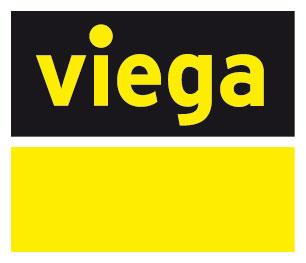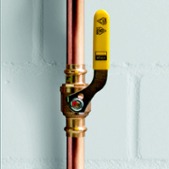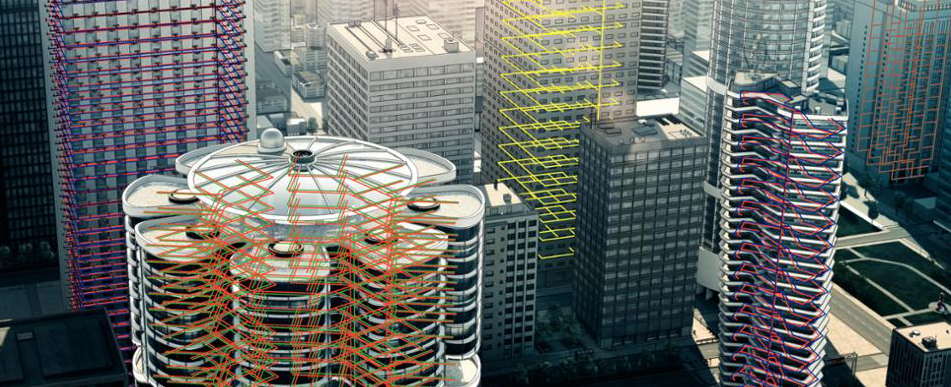It’s no secret that there are coveted office spaces nearly every employee wants. But there are also the spaces no one prefers — specifically, areas right under the air vents. On hot days that already seem inconvenient, no one wants to tote a sweater to the office to stay warm at their desk.
(If we’re talking about multi-stage air conditioners, the speed of forced convection will only increase as the temperature becomes hotter. These faster speeds create more discomfort for employees, and could result in the more extreme scenario of papers blowing around desks.)
While this speaks to the disconnect between forced air systems and occupant comfort, it only tells a small part of the story. Because these systems simply cool and recirculate air, they fail to evenly cool the environment, especially when you’re dealing with the high ceilings and large volumes of air in commercial spaces. All the while, dust and allergens continue to collect in the ductwork and are recirculated back into the office air.
Not feeling like forced air systems are all that cool anymore? Neither do we. With the right design in place, radiant cooling offers a better option in terms of comfort, efficiency and cost.
What Radiant Cooling Means for Occupant Comfort
Radiant cooling systems provide more consistent comfort than forced air systems because they cool surfaces rather than the air in a commercial space. This cooling mechanism absorbs heat energy from both occupants and the environment more evenly than traditional systems. While radiant systems initially take more time to reach their desired temperatures, supplemental fans that operate at lower speeds than forced air systems help provide more immediate cooling when there are periods of sharp temperature increases.
(Note that while radiant cooling systems are often installed in floors, they can be installed in ceilings as well.)
What also makes radiant cooling unique is that it uses only 10% of the ductwork that a traditional forced air system would use. With just a small duct system needed to meet commercial ventilation requirements, radiant cooling systems avoid blowing around allergens.
Location Matters in the Design of Radiant Cooling Systems
When it comes to the uncertainty around radiant cooling systems, a big part of the conversation is around condensation — and for good reason. If the water in a hydronic cooling system goes below the dew point, it creates slipping hazards and potential liabilities for commercial spaces.
What’s important to note here is that the more humid the climate, the easier it is for water to dip below the dew point. So while you may have the same building configuration in two climates, each will require a unique design to account for the humidity factor.
That’s something that the radiant design team at Viega LLC can help assess. Our team of mechanical engineers knows what water temperature to run in certain climate zones so condensation is not a concern. We’ll also ensure that your system has the proper tube spacing to ensure optimal performance, as well as address any interference issues that come up along the way. Viega's job isn’t finished until yours is finished.
Learn more about our radiant design services here.









